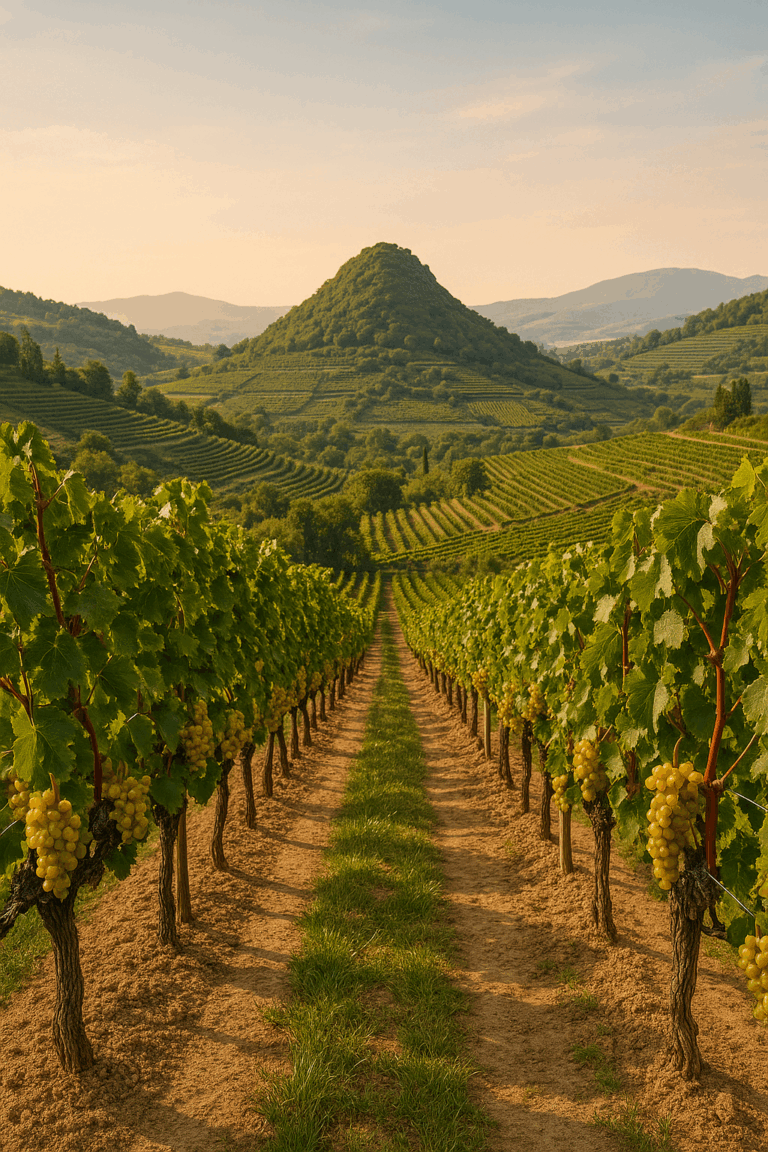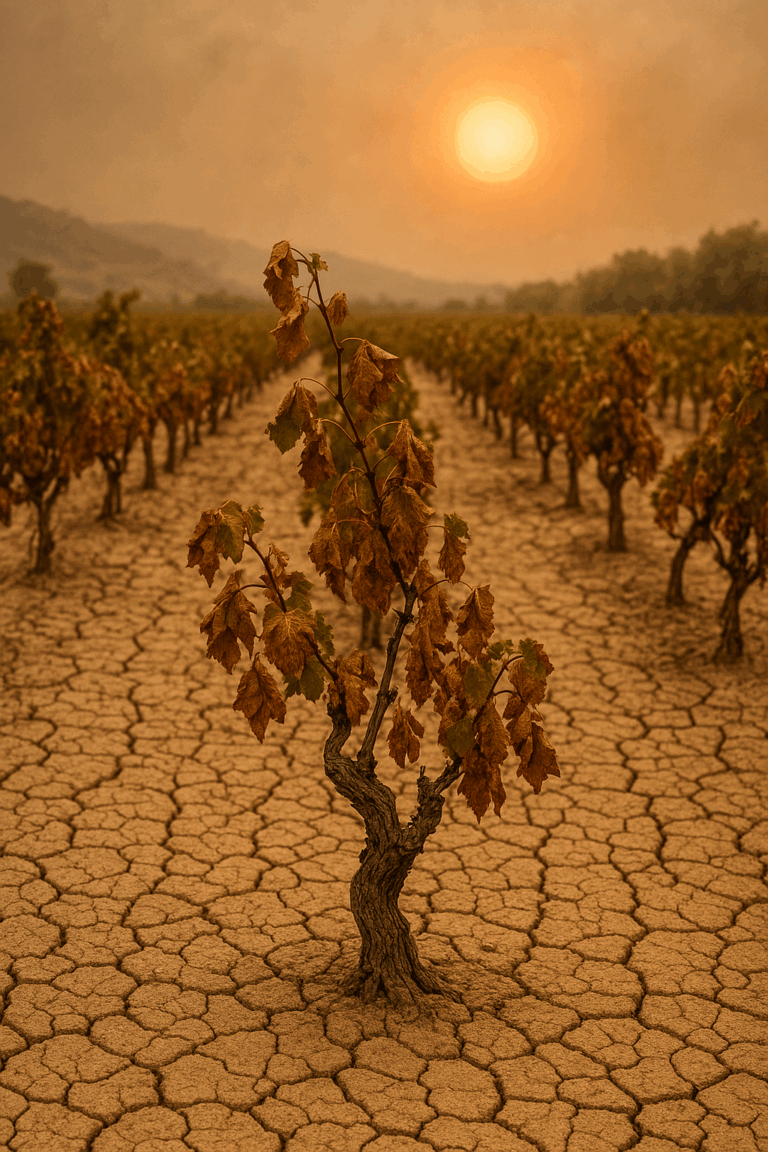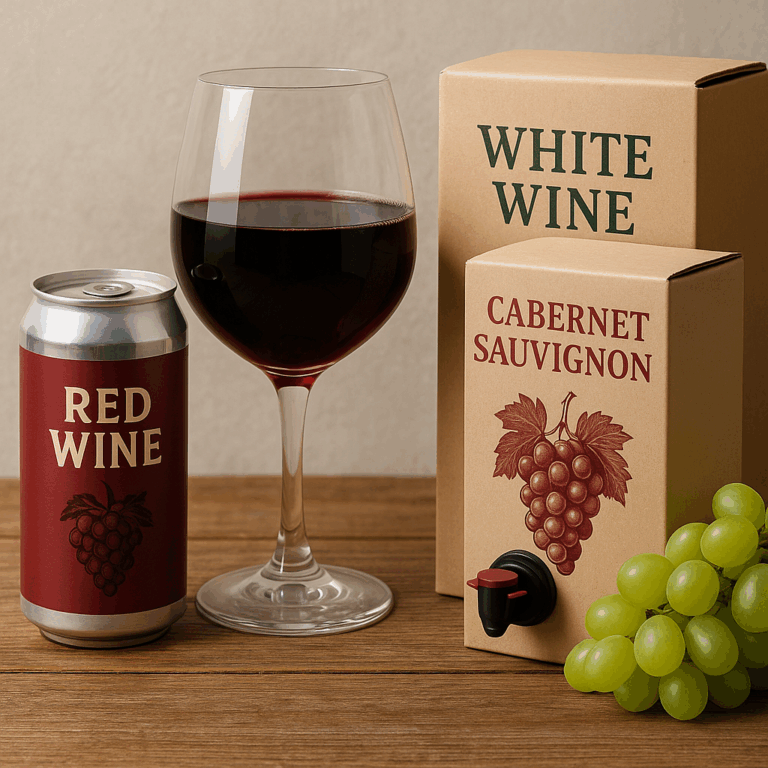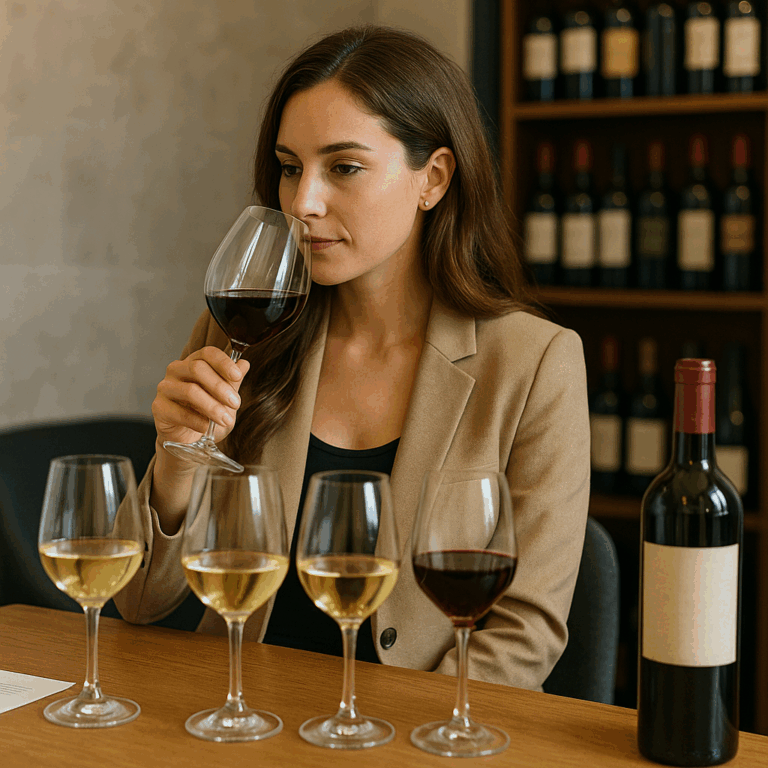The Future of Wine: Emerging Trends to Watch
The world of wine is evolving. While its roots are ancient, the wine industry is adapting to modern tastes, technologies, and challenges like never before. From sustainability to new packaging, digital innovation to shifting consumer habits, the future of wine promises to be dynamic and more diverse than ever.
If you enjoy wine whether casually or deeply understanding where the industry is headed can help you explore new styles, make more informed choices, and support producers shaping the next generation of wine culture.
Sustainability Becomes the Standard
As climate change impacts vineyards across the globe, sustainability is no longer a niche it’s a necessity. In the future, expect to see:
- More organic and biodynamic certifications
- Regenerative farming practices that rebuild soil and reduce carbon footprint
- Investment in drought-resistant grapes and less resource-intensive techniques
- Solar-powered wineries and carbon-neutral operations
Consumers are demanding transparency and environmental responsibility and wineries are responding.
Alternative Packaging on the Rise
The wine bottle isn’t going away anytime soon, but it’s no longer the only game in town. Expect to see more:
- Canned wines: Portable, eco-friendly, and perfect for casual occasions
- Boxed wines: Less waste, stays fresh longer, great for everyday drinking
- Wine on tap: Used in bars and restaurants to reduce glass and cork waste
- Lightweight glass and recyclable closures to reduce shipping emissions
These formats are gaining acceptance not only for their practicality, but also for their environmental benefits.
Technology in Wine Production and Sales
Technology is transforming how wine is made, marketed, and sold:
- Precision viticulture: Use of drones, satellite imaging, and sensors to monitor vineyard health
- AI in fermentation: Helping predict ideal harvest times and optimize fermentation conditions
- Blockchain tracking: Increasing transparency and authenticity in labeling and origin
- E-commerce platforms: Allowing small producers to reach global audiences directly
- AR wine labels: Interactive labels that tell a story through your smartphone
The future of wine includes more data and connectivity, helping winemakers make smarter decisions and helping consumers discover wines that match their preferences.
Younger Consumers Are Redefining Wine Culture
New generations of drinkers are breaking traditional rules. Instead of focusing on prestigious labels or old-world pedigree, they’re looking for:
- Authenticity and transparency
- Natural, minimal-intervention wines
- Inclusive and casual wine experiences
- Sustainable and socially responsible brands
This shift means fewer formalities, more flexibility in pairing, and wines that match lifestyle, not just tradition.
Wine Tourism Gets a Modern Makeover
Travelers are looking for experiential tourism, and wine regions are responding with:
- Tasting hikes, bike tours, and farm stays
- Winery restaurants with seasonal food and immersive views
- Workshops on blending, harvesting, and food pairing
- Boutique accommodations in vineyards
This trend blurs the line between travel and wine appreciation, offering deeper and more memorable experiences.
Diversity and Inclusion in Wine
The future of wine also includes a growing movement toward representation and access. Across the industry, there’s momentum to:
- Amplify voices from underrepresented communities
- Support minority-owned wine brands and professionals
- Make wine education and tastings more accessible and welcoming
- Shift marketing away from elitism and toward inclusion
This makes the wine world richer, more diverse, and better for everyone.
Creative Styles and Blends
Winemakers are becoming more experimental, moving away from traditional expectations. Expect to see:
- Orange wines (white wines with skin contact)
- Co-fermentations (blending red and white grapes during fermentation)
- Unfiltered and unfined wines
- Sparkling reds and pét-nat styles
- Unexpected grape blends and revival of forgotten varietals
These trends are especially common among natural and small-scale producers looking to offer something unique.
AI and Personalized Recommendations
Just like music and film, wine discovery is going algorithmic. Smart apps, tasting profiles, and online retailers are using your past preferences to suggest new wines you’re likely to love.
Some services even offer DNA-based taste analysis or AI-powered subscription boxes that learn your palate over time.
What This Means for You
If you’re a wine drinker today, you’re entering a new era of access, creativity, and innovation. You don’t need to memorize appellations or spend a fortune the future of wine is about personal connection, exploration, and sustainability.
As wine culture opens up, you can explore more freely, support producers aligned with your values, and be part of a community that values quality, diversity, and authenticity.
Looking Ahead With Curiosity
The future of wine is not about abandoning tradition it’s about building on it with fresh energy. As new voices, technologies, and climates shape what’s in the bottle, there’s never been a better time to be curious, to taste widely, and to enjoy wine not just as a product, but as a living, evolving experience.






